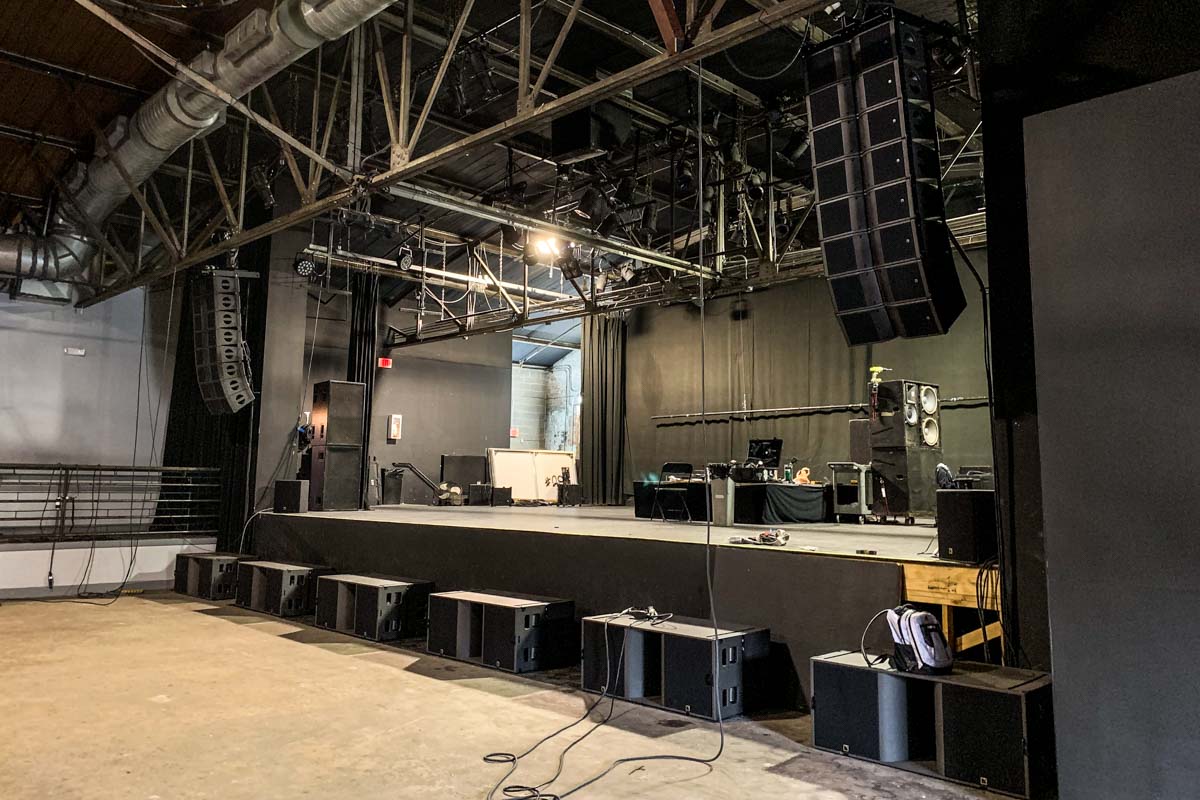Ideal Strategies for Placing Surveillance Cameras to Improve Surveillance Effectiveness
Ideal Strategies for Placing Surveillance Cameras to Improve Surveillance Effectiveness
Blog Article

Placing security cameras effectively is essential to enhancing monitoring in various settings, such as residences, commercial properties, as well as community areas. The primary objective of security cameras is to discourage crime while also offering proof in case of incidents. To attain this, it is important to consider various factors, such as camera placement, field of view, as well as the specific zones that require oversight. By understanding these factors, individuals as well as organizations can develop a comprehensive surveillance plan that maximizes the efficacy of their surveillance solutions.
One of the first actions in positioning security systems is to determine critical areas that need monitoring. High-risk zones, including entrances, exit points, parking areas, and locations with valuable items, should be given priority. It is crucial to take into account areas not visible, which may be areas that might not be visible from specific angles. By charting out these critical areas, security staff can ensure that all corner remains monitored, minimizing the chances of illegal activity going undetected. Additionally, placing surveillance systems at key points can assist create a complete view of the property, allowing for improved overall security monitoring.
The field of a surveillance system is another crucial factor to take into account. Different types of cameras offer different ranges of view, that can influence how many area gets captured in the video. For instance, broad-view systems can cover bigger areas, making them ideal for spacious areas, while pan-tilt-zoom cameras can be adjusted to concentrate on particular details. When placing cameras, it is important to select the right type based on the location being monitored. This ensures that the camera can record sharp footage and offer valuable data in case of an occurrence.
Height and angle of installation also have a crucial part in the effectiveness of surveillance systems. Surveillance systems should be mounted at a height that is out of grasp of possible interference but also allows for clear visibility of faces and other recognizable details. A common suggestion is install systems at least 8 to 10 feet off the ground. Additionally, the tilt at which the system remains positioned can impact its capability to record crucial information. Cameras should be angled to reduce reflection and avoid obstructions, ensuring that they can capture sharp footage at any moments.
In conclusion, regular maintenance and improvements to the surveillance system additional reading is crucial for sustained efficacy. This includes inspecting system functionality, cleaning lenses, and making sure that software remains up to date. Regular evaluations of the surveillance strategy can assist identify any new blind spots or locations that might require additional monitoring. By remaining proactive and making necessary adjustments, individuals as well as entities can enhance their monitoring efficacy and guarantee that their security systems remain to fulfill their intended function.